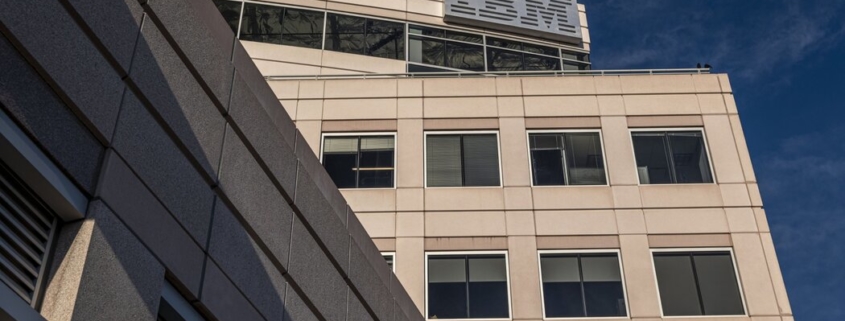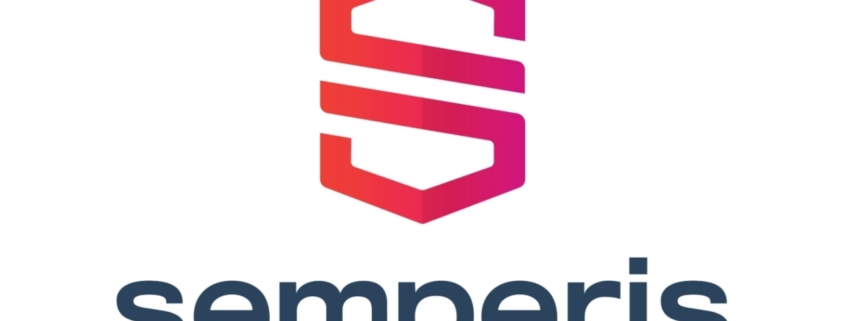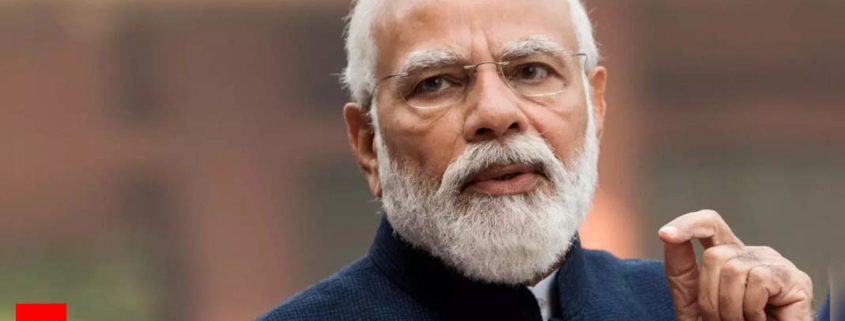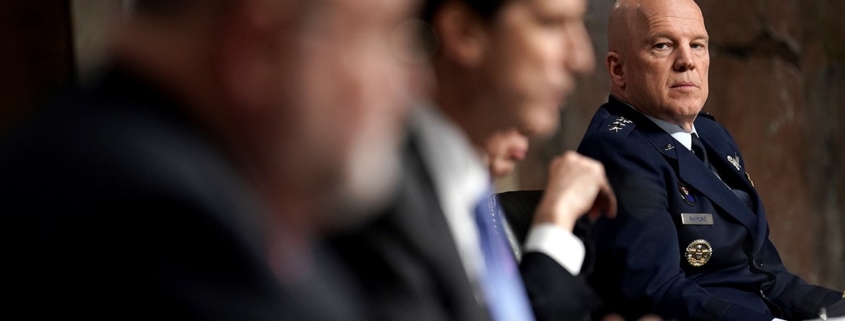Making ‘Dinobabies’ Extinct: IBM’s Push for a Younger Work Force
Similarly, the E.E.O.C.’s letter summarizing its investigation of IBM found that older workers made up over 85 percent of the group whom the company viewed as candidates for layoffs, though the agency did not specify what it considered “older.”
The newly unsealed documents suggest that IBM sought to carry out its strategy in a variety of ways, including a policy that no “early professional hire” can be included in a mass layoff in the employee’s first 12 months at the company. “We are not making the progress we need to make demographically, and we are squandering our investment in talent acquisition and training,” an internal email states.
The lawsuit also argues that IBM sought to eliminate older workers by requiring them to move to a different part of the country to keep their jobs, assuming that most would decline to move. One internal email stated that the “typical relo accept rate is 8-10%,” while another said that the company would need to find work for those who accepted, suggesting that there was not a business rationale for asking employees to relocate.
And while IBM employees designated for layoffs were officially allowed to apply for open jobs within the company, other evidence included in the new disclosure suggests that the company discouraged managers from actually hiring them. For example, according to the statement of material facts, managers had to request approval from corporate headquarters if they wanted to move ahead with a hire.
Several of the plaintiffs in a separate lawsuit brought by Ms. Liss-Riordan appeared to have been on the receiving end of these practices. One of them, Edvin Rusis, joined IBM in 2003 and had worked as a “solution manager.” He was informed by the company in March 2018 that he would be laid off within a few months. According to his legal complaint, Mr. Rusis applied for five internal positions after learning of his forthcoming layoff but heard nothing in response to any of his applications.
Mr. Pratt, the spokesman, said that the company’s efforts to shield recent hires from layoffs, as well as its approach to relocating workers, were blind to age, and that many workers designated for layoffs did secure new jobs…




